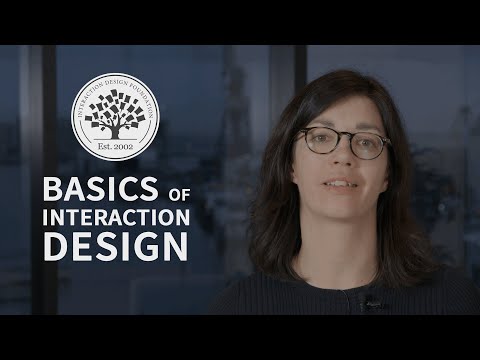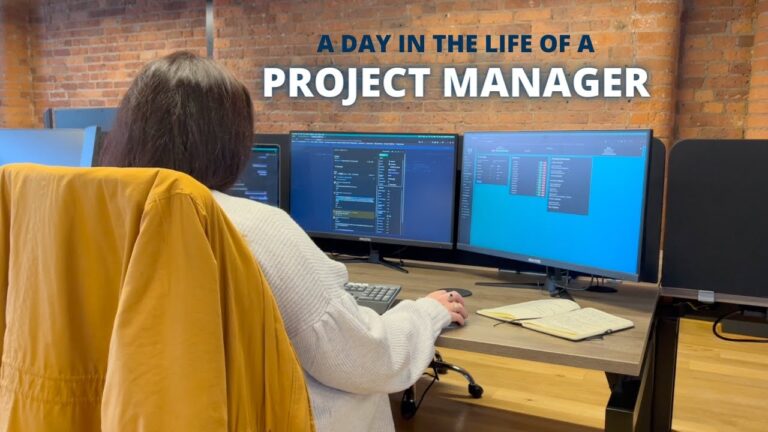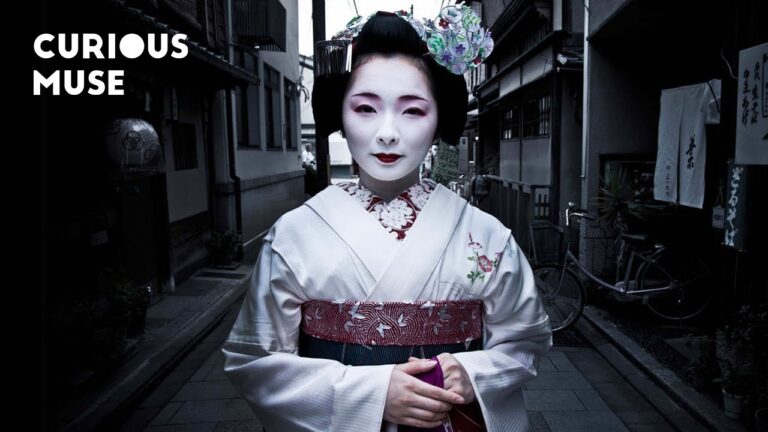Designing Engaging User Experiences: Job Description and Salary of a User Interaction Designer
User Interaction Designer Job Description
A User Interaction Designer is a professional responsible for creating intuitive and engaging user experiences for digital products and platforms. They work closely with clients, product managers, and developers to understand user needs and design highly functional interfaces.
The main responsibilities of a User Interaction Designer include conducting user research, creating wireframes and prototypes, and collaborating with cross-functional teams to ensure a seamless user experience. They are also responsible for analyzing user feedback and data to continually improve the design of digital products.
To be successful in this role, a User Interaction Designer must have a strong understanding of user-centered design principles, as well as proficiency in design and prototyping tools. They should also possess excellent communication and collaboration skills to effectively work with various stakeholders.
User Interaction Designer Salary
The salary of a User Interaction Designer can vary depending on various factors such as location, experience, and the size of the company. According to industry data, the average annual salary for a User Interaction Designer is around $85,000 to $100,000.
Experienced designers with several years of experience and a strong portfolio may earn higher salaries, reaching up to $120,000 or more. Additionally, designers working in major tech hubs or for renowned companies may also receive higher compensation packages.
Overall, a career as a User Interaction Designer offers competitive salaries and ample opportunities for growth. As the demand for user-centered design continues to grow, professionals in this field can expect rewarding career prospects and the chance to make a significant impact on the digital products and experiences we interact with on a daily basis.

User Interaction Designer Job Description Template
User Interaction Designer Job Description
User Interaction Designers are professionals who specialize in creating intuitive and engaging user experiences for digital products and services. They work closely with cross-functional teams including product managers, developers, and visual designers to ensure that the end product meets the needs and expectations of the target users.
One of the key responsibilities of a User Interaction Designer is to gather user requirements and conduct user research to understand their goals, behaviors, and preferences. They use this information to design user flows, wireframes, and interactive prototypes that effectively communicate the user journey and interactions. They also collaborate with visual designers to create visually appealing and consistent user interfaces.
Attention to detail is a crucial trait for User Interaction Designers. They need to carefully consider every aspect of the user experience, including the placement of buttons, navigation menus, and other interactive elements. Attention to detail ensures that the final product is user-friendly, accessible, and visually pleasing.
Another important skill for User Interaction Designers is problem solving. They must identify potential usability issues and find creative solutions to address them. They also need to keep up with the latest industry trends and best practices to continually improve their designs and stay ahead of the competition.
In summary, User Interaction Designers play a critical role in shaping the user experience of digital products and services. They combine their knowledge of user behavior, visual design principles, and problem-solving skills to create interactive and engaging interfaces that enhance user satisfaction and drive business success.
User Interaction Designer Responsibilities
User Interaction Designer Requirements
How Much Does A User Interaction Designer Make?
User Interaction Designer Salary
| Experience Level | Salary Range |
|---|---|
| Entry Level | $50,000 – $70,000 |
| Mid Level | $70,000 – $90,000 |
| Senior Level | $90,000 – $120,000 |
A User Interaction Designer’s salary depends on their experience level. For entry-level positions, the salary range is typically between $50,000 and $70,000 per year. Mid-level designers can expect to earn between $70,000 and $90,000, while senior-level designers can earn between $90,000 and $120,000 per year. These salary ranges may vary based on factors such as location, company size, and industry.
User Interaction Designer Salaries by Country
Top Paying Countries for User Interaction Designer
| Country | Average Salary (USD) |
|---|---|
| United States | 100,000 |
| Switzerland | 90,000 |
| Australia | 80,000 |
| Germany | 75,000 |
| Canada | 70,000 |
User Interaction Designers are in high demand, and their salaries vary depending on the country they work in. According to recent data, the top paying countries for User Interaction Designers are the United States, Switzerland, Australia, Germany, and Canada. In the United States, the average salary for User Interaction Designers is $100,000 per year. Switzerland follows closely with an average salary of $90,000, while Australia, Germany, and Canada offer average salaries of $80,000, $75,000, and $70,000 respectively. These figures indicate the potential earning opportunities available for User Interaction Designers in different countries.
A video on the topic User Interaction Designer
Video Source : Interaction Design Foundation – IxDF
Interview Questions for User Interaction Designer
1. What is the role of a User Interaction Designer?
A User Interaction Designer is responsible for creating intuitive and user-friendly interfaces for digital products. They focus on enhancing the overall user experience by designing interactions, workflows, and visual elements.
2. What are the key skills required to be a successful User Interaction Designer?
Some of the key skills required for a User Interaction Designer include a strong understanding of user-centered design principles, proficiency in design tools like Sketch or Adobe XD, knowledge of HTML/CSS, excellent communication skills, and the ability to conduct user research and usability testing.
3. How do you approach the design process as a User Interaction Designer?
As a User Interaction Designer, I follow a user-centered design approach. I start by understanding the target users and their needs through research and analysis. Then, I create wireframes and prototypes to visualize the interactions and gather feedback. Finally, I refine the design based on user feedback and collaborate with developers to ensure a seamless implementation.
4. How do you ensure that your designs are user-friendly and intuitive?
I ensure that my designs are user-friendly and intuitive by conducting usability testing with actual users. This helps me identify any pain points or areas of confusion in the design. I also follow established design patterns and guidelines to ensure familiarity for users and minimize the learning curve.
5. How do you collaborate with other team members, such as developers and product managers?
Collaboration is crucial as a User Interaction Designer. I work closely with developers to ensure that the design is implemented accurately and efficiently. I provide them with design specifications and guidelines to facilitate the development process. I also collaborate with product managers to align the design with the overall product goals and objectives.
6. How do you stay updated with the latest design trends and technologies?
I stay updated with the latest design trends and technologies by regularly reading design blogs, attending conferences and workshops, and participating in online design communities. I also experiment with new tools and techniques in my personal projects to stay ahead of the curve.
7. Can you describe a challenging project you have worked on as a User Interaction Designer?
One challenging project I worked on was designing a complex e-commerce platform with multiple user roles and intricate workflows. It required extensive research and understanding of user behaviors. I had to create a design that catered to different user needs while maintaining a cohesive and intuitive experience. Through iterative design and user testing, I was able to deliver a successful solution.
8. How do you handle feedback and criticism on your designs?
I value feedback and criticism as they help me improve and grow as a designer. I actively seek feedback from users, stakeholders, and team members throughout the design process. I approach feedback with an open mind, listen attentively, and ask questions to better understand the feedback. I consider it as an opportunity to iterate and refine my designs.
9. How do you ensure consistency in your designs across different platforms and devices?
To ensure consistency in my designs, I follow established design systems and guidelines. I create design components and patterns that can be reused across different platforms and devices. I also conduct extensive testing on various devices and screen sizes to ensure the design adapts seamlessly.
10. Can you discuss a project where you had to balance user needs with business requirements?
One project where I had to balance user needs with business requirements was the redesign of a customer support portal. While the business wanted to streamline processes and reduce costs, the users were looking for a more personalized and self-service experience. To meet both needs, I conducted user research to identify pain points and proposed a design that incorporated automation for efficiency while still providing a user-friendly interface for customers. It required compromise and constant communication with stakeholders to find the right balance.






